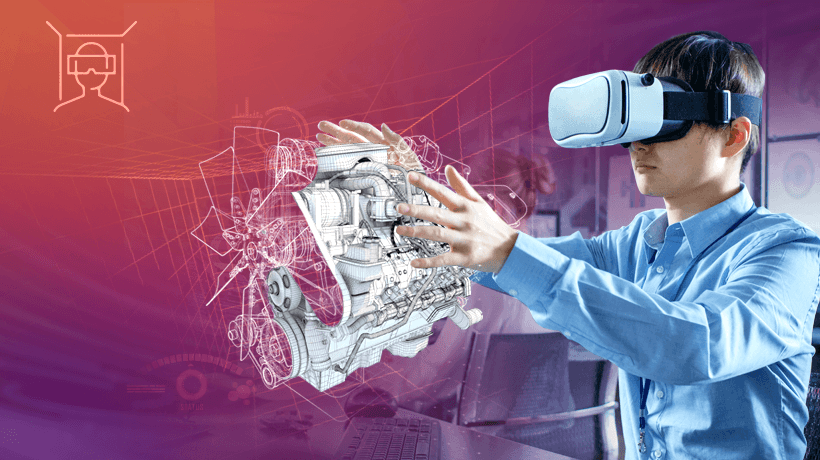In the ever-evolving world of sports and fitness, technology continues to redefine how athletes train, recover, and enhance their performance. One of the most groundbreaking innovations is Jander Virtual Reality Training. This revolutionary technology is transforming the way athletes of all levels experience training, offering immersive environments and simulations that boost focus, skill development, and overall performance. In this article, we explore how Jander Virtual Reality Training is changing the game for athletes and fitness enthusiasts alike.
Also Read: Chatako Smart Sports Equipment

What is Jander Virtual Reality Training?
Jander Virtual Reality Training combines cutting-edge virtual reality (VR) technology with sports performance training. By using VR headsets and motion sensors, athletes can immerse themselves in realistic training environments that simulate real-world scenarios. Whether it’s practicing a specific skill, improving reaction times, or even simulating a game environment, Jander Virtual Reality Training provides a highly effective way to enhance physical and mental abilities.
Benefits of Jander Virtual Reality Training
- Enhanced Skill Development: Jander Virtual Reality Training allows athletes to practice and refine their skills in a variety of simulated situations. Whether you’re a basketball player practicing free throws or a soccer player working on your footwork, the virtual training environment can mimic real-world challenges, offering invaluable practice without the need for a physical coach or opponent.
- Improved Reaction Time: Virtual reality training can simulate high-pressure scenarios that require quick decision-making. Athletes can work on improving their reaction time and decision-making under pressure, which can translate to better performance during actual competitions.
- Increased Motivation and Engagement: Traditional training can sometimes feel repetitive or monotonous, but Jander Virtual Reality Training offers an engaging and immersive experience that keeps athletes motivated. The ability to train in a fun, dynamic environment can make athletes more eager to improve and stay consistent in their practice.
- Reduced Risk of Injury: Virtual training environments allow athletes to practice high-intensity skills without the risk of injury. With Jander Virtual Reality Training, athletes can push their limits and improve their technique in a safe, controlled setting, reducing the chance of physical harm.
- Personalized Feedback: VR training platforms like Jander Virtual Reality Training often come equipped with real-time feedback systems, allowing athletes to track their progress and adjust their performance. This personalized data helps to identify areas of improvement and ensures that the athlete is continuously progressing.
How Does Jander Virtual Reality Training Work?
At the core of Jander Virtual Reality Training is its integration of specialized equipment, including VR headsets, motion sensors, and software designed to simulate different training scenarios. Athletes wear VR headsets that transport them to virtual training environments, while motion sensors track their movements and actions. The VR system then provides feedback, whether through visual cues or audio prompts, helping athletes understand how to improve their technique.
Jander Virtual Reality Training can be customized to suit the needs of different sports. From soccer drills to combat training, virtual reality can simulate specific movements and challenges that athletes face in their respective sports. This level of personalization ensures that training is as effective as possible.
FAQs About Jander Virtual Reality Training
1. Is Jander Virtual Reality Training suitable for all types of athletes?
Yes, Jander Virtual Reality Training is versatile and can be tailored for athletes in a wide range of sports, from individual training for running, cycling, and swimming to team sports like basketball, soccer, and football.
2. Can virtual reality replace traditional training methods?
While Jander Virtual Reality Training offers numerous benefits, it works best when used as a complementary training tool alongside traditional methods. It’s ideal for enhancing specific skills, mental focus, and reaction time, but physical training in real-world environments is still essential.
3. What kind of equipment do I need for Jander Virtual Reality Training?
To experience Jander Virtual Reality Training, you’ll need a VR headset, motion sensors, and compatible software. Some advanced systems may also require additional sensors or cameras to track your movement more accurately.
4. How effective is Jander Virtual Reality Training for injury prevention?
By allowing athletes to practice their movements and techniques in a safe environment, Jander Virtual Reality Training can significantly reduce the risk of injury. It provides a low-impact way to practice high-intensity training and corrects poor form before it results in injury.
5. Can I track my progress with Jander Virtual Reality Training?
Yes, one of the main benefits of Jander Virtual Reality Training is the ability to track your performance and receive real-time feedback. This data helps athletes monitor their improvement over time and make adjustments to their training plans.
Conclusion: The Future of Sports Training with Jander Virtual Reality Training
As the world of sports continues to evolve, embracing innovative technologies like Jander Virtual Reality Training will become increasingly important. This technology not only provides athletes with an immersive and engaging training experience but also offers unique benefits such as enhanced skills, improved reaction times, and injury prevention. Whether you’re a professional athlete looking to gain an edge in competition or an enthusiast trying to take your training to the next level, Jander Virtual Reality Training is an invaluable tool for anyone looking to elevate their game.